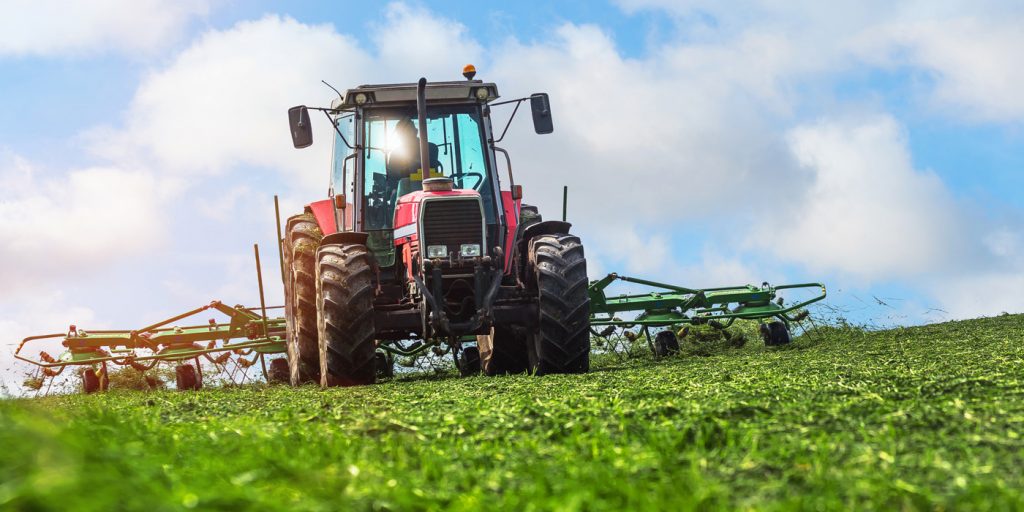People come to our parts counters daily in search of solutions for their automotive needs, but many of our customers also think of us for other repairs too. They look to us as a source of spark plugs for lawn mowers, V-belts for electric motors, lubricants, random bits of hardware and the like. While it can be a bit challenging, if you already have a well-trained parts staff that hates to say “no” to a potential sale, why not consider “growing” your customer base by embracing your local farm and fleet customers?
I married into a farming family shortly after I got into the parts business, so I’ve had a unique opportunity to see the benefits of the “ag aftermarket” from both sides. I spent 10 years operating and maintaining the family’s equipment and fleet, while also holding down a full-time job selling auto parts. During that time, I quickly became our store’s “tractor guy.”
From tuneup parts on antique tractors to cross-referencing filter numbers for brand-new skid steers, when a farmer came in the store, I usually was the one to help. At home, I was tasked with keeping our fleet of trucks, tractors and other equipment going, often using my experience behind the counter to locate the necessary parts and supplies. I discovered that many of these were available to me through my own store’s vendors. I already had access to U-joints, bearings and seals; gaskets and other engine parts; fluids; batteries; starters; radiators; and even color formulas for mixing many popular agricultural paints.
For any store aiming to develop its ag-supply business, filtration is one of the easiest ways to introduce yourself to the local farm community. Tractors and other equipment require more kinds of filtration products than an average automobile, and on a larger scale. It’s common for a farm tractor to have both an inner and outer air-filter element, dual fuel filters and one or more hydraulic filters, in addition to the engine oil filter. Many modern closed-cab tractors even have a cabin filter! Compared to automotive filters, heavy-duty filters also command heavy-duty prices.
Hydraulics is another important segment of the ag and fleet business, and can be an outstanding profit center for any store offering “made-to-order” hydraulic hose assemblies. These services also are crucial to construction or excavation companies, and any other company that relies on equipment for their livelihood. These sales are often augmented by the purchase of additional hydraulic fluid and filters.
For stores looking to include ag-related inventory, a quick search for local equipment dealers will tell you what manufacturers are well-represented in your area; those are the brands you would concentrate on when developing your stocking strategy. Once you’ve established yourself in this niche market, you can expand on this strategy through individual fleet surveys to determine additional sales opportunities.
In addition to equipment such as tractors, combines, bulldozers and loaders, farms and ranches are home to a number of other vehicles associated with crop and livestock production. From pickups and dump trucks to tractor-trailers used for hauling produce and animals – and even minivans used to transport agricultural workers – there are also plenty of “traditional” auto parts sales opportunities courtesy of your local farm and ranch community.













